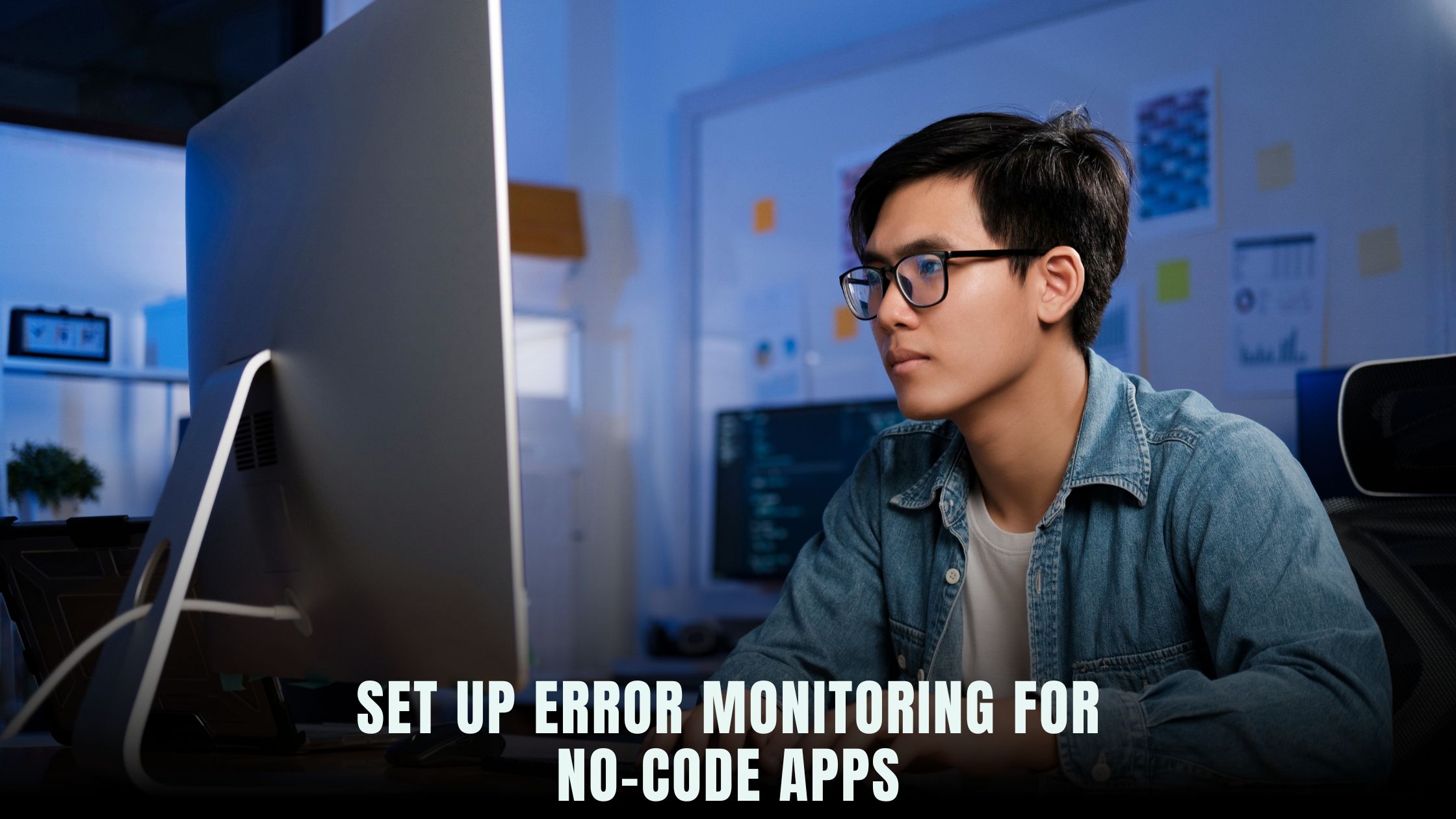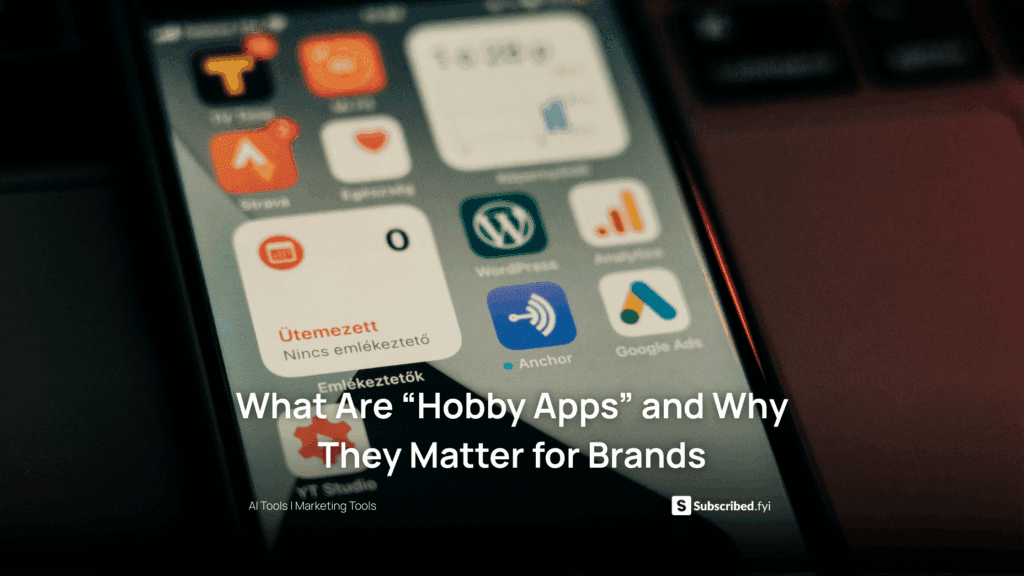How to Set Up Error Monitoring for No-Code Apps?
- WebOps Platforms Bug Tracking & Feedback Software Web Development & Design Website Builder


Ensuring your no-code application runs smoothly means catching and resolving errors before they impact users. Modern error-monitoring services like Sentry and LogRocket provide real-time insights into crashes, performance bottlenecks, and unhandled exceptions. If you’ve built your app on a no-code platform, you can still integrate these tools without dropping into a code editor. Platforms such as Hostinger Horizons simplify the process by offering AI-driven configuration, sandbox deployment, and automated setup of monitoring SDKs—no SDK downloads or manual scripts needed.
Before diving into setup, it helps to understand how error monitoring works. Every time an unhandled exception or failed API call occurs, the monitoring service logs the error, along with contextual information—browser version, user actions, and even stack traces. You then view these errors in a dashboard, complete with severity levels and timestamps. By pairing error monitoring with analytics and feature flags, you gain a holistic view of how your no-code app performs in the wild and can roll back or fix issues swiftly.
Why Error Monitoring Matters for No-Code Apps
No-code platforms accelerate development, but they abstract away much of the underlying infrastructure. That convenience can make it harder to spot runtime errors, broken integrations, or edge-case failures. An unaddressed bug can cause data loss, frustrated users, or revenue leakage if it interrupts checkout flows or subscription signups. Error monitoring tools continuously watch your app and alert you the moment something breaks. This proactive approach turns silent failures into actionable tickets, helping you maintain user trust and app reliability.
While server logs on traditional platforms require SSH access and manual log parsing, no-code environments often lack direct log access. Services like Sentry fill this gap by capturing client-side errors, serverless function failures, and API timeouts in a unified dashboard. You configure alerts for critical issues—such as new error spikes or high-severity exceptions—and receive notifications via email, Slack, or SMS. This end-to-end visibility ensures you tackle problems before they snowball.
Key Components of an Error Monitoring Strategy
A robust monitoring setup involves four key components: error capture, alerting, diagnosis, and resolution. First, you install an SDK or integrate a monitoring snippet to capture errors. Next, you configure alert thresholds—do you want notified on every error or only when error volume exceeds a set rate? Third, you diagnose errors by examining stack traces, user sessions, and related logs. Finally, you resolve issues by rolling out fixes, feature-flagging problematic functionality, or adjusting configurations. Continuously iterating on this cycle ensures your no-code app becomes more stable over time.
In a no-code context, tools like Hostinger Horizons automate much of this strategy. Through an AI chat interface, you can prompt “set up Sentry monitoring for my app” or “configure error alerts for 500-level API errors.” The platform provisions the necessary integrations, adds monitoring scripts, and connects alerts to your preferred communication channels. You avoid manual token management or complex deployment scripts, speeding up incident response.
Choosing the Right Error Monitoring Tool
Several error monitoring services cater to different needs. Sentry is popular for its comprehensive stack-trace analysis and performance monitoring. LogRocket combines error logs with session replay, helping you see exactly what users experienced. Airbrake and Rollbar offer lightweight SDKs suited for serverless or JAMstack apps. When selecting a tool for your no-code app, consider the following:
- Ease of Integration: Does the service provide a simple snippet or API key?
- Data Retention and Privacy: How long are errors stored, and what user data is captured?
- Alerting Capabilities: Can you customize alert thresholds and channels?
- Performance Impact: Will the monitoring script noticeably affect page load times?
- Pricing Model: Are you paying per event, per seat, or via flat-rate plans?
With Hostinger Horizons, you can compare these options in a unified interface. Use the AI chat to “compare Sentry and LogRocket features” and review a side-by-side breakdown. When you decide, ask the AI to “install Sentry with my DSN key” and watch as the platform handles script injection, environment variable setup, and initial test error to verify configuration.
Preparing Your No-Code App for Monitoring
Before integrating monitoring, audit your app’s architecture. Identify where errors might occur: client-side JavaScript, serverless functions, or third-party API calls. Document key workflows—such as form submissions, payment processes, and user authentication—so you know which paths to test after setup. If your no-code app lives on Hostinger Horizons, ensure you have access to the sandbox URL and AI console for configuration. Horizons supports over 80 languages and real-time testing, making it easy to validate monitoring before going live.
Next, gather credentials. Sign up for a Sentry (or alternative) account, create a new project, and copy the project DSN (Data Source Name). This DSN connects your app to the monitoring service. If you plan to integrate multiple environments—development, staging, and production—create separate projects or use environment tags to distinguish errors by environment.
Integrating Sentry into Your No-Code App
Adding Sentry to a no-code app can be as simple as issuing an AI chat command. In Hostinger Horizons’ console, type “configure Sentry with DSN <your-dsn> for client-side monitoring.” The AI assistant injects the Sentry SDK snippet into your global header, wraps your event handlers, and automatically captures uncaught exceptions and unhandled promise rejections.
For advanced serverless or backend functions, ask “add Sentry Node integration to my serverless functions” and provide the DSN. Horizons provisions environment variables and wraps your functions in error-handling middleware. You then trigger a test error—such as throw new Error('monitoring test')—to confirm events appear in the Sentry dashboard.
Configuring Alerts and Notifications
Real-time alerting converts passive monitoring into proactive incident response. In Sentry, define alert rules based on error frequency or severity. For example, configure an alert for “any new uncaught exception in production” or “spike of over 10 errors within five minutes.” Hostinger Horizons can set up these rules through chat: “alert me via email and Slack on new production errors exceeding 5 per minute.”
Integrations with Slack, Microsoft Teams, PagerDuty, and email ensure you never miss critical issues. You can also configure on-call rotations and escalation paths. When an alert triggers, the notification includes a link to the Sentry issue, stack trace, and user context, enabling rapid diagnosis and resolution.
Viewing Stack Traces and User Context
Diagnosing errors requires context. Sentry captures stack traces and attaches metadata—browser, OS, app version, and even user IDs if available. This information helps pinpoint root causes quickly. On the Sentry issue page, you can see the exact line of code that failed, local variable values at the time, and breadcrumbs of preceding actions.
Hostinger Horizons enhances this experience by linking error logs directly in your sandbox environment. When you view an error in the Horizon console, you can click through to the relevant code snippet, preview the failing function, and even replay API calls that triggered the error. This tight integration reduces context-switching and accelerates debugging.
Monitoring Performance Metrics
Beyond errors, performance monitoring reveals slow page loads, API response times, and resource bottlenecks. Sentry Performance or alternative tools like New Relic track transaction durations and throughput. You define transactions—such as “checkout flow” or “data export”—and monitor p95 and p99 latencies to ensure responsiveness.
In Hostinger Horizons, instruct the AI “track API response time for /api/checkout endpoint” and “log long tasks over 200ms on the homepage.” The platform adds performance instrumentation automatically. Dashboards visualize trends over time, helping you prioritize optimizations that deliver the greatest impact on user experience.
Leveraging Feature Flags for Safe Rollouts
Feature flags enable you to deploy new functionality behind a toggle, minimizing risk. If an error arises when a new feature is live, you can turn off the flag instantly without a code rollback. No-code platforms like Hostinger Horizons integrate feature flag management directly: ask “create feature flag new-dashboard for upcoming UI” and wrap your elements with the flag’s conditional logic.
Combine feature flags with error monitoring to detect issues in canary releases. Route a small percentage of traffic to your new feature, and set up alert rules specific to that flag. If errors exceed thresholds, the flag turns off automatically, protecting the broader user base while you fix the problem.
Automating Incident Response with Workflows
When errors occur, manual investigation can slow down fixes. Automated workflows trigger actions such as creating tickets in Jira, sending DM notifications to Slack, or rolling back deployments. Hostinger Horizons can wire up these workflows through the AI chat: “create Jira ticket for Sentry high-severity errors and assign to on-call team.”
These automated steps ensure no critical error slips through the cracks. By codifying your incident response process, you reduce human error and accelerate mean time to resolution (MTTR). Integration with issue-tracking systems centralizes bug triage and keeps stakeholders informed.
Best Practices for Reliable Monitoring
To maximize the value of error monitoring, follow these best practices:
- Capture both client-side and backend errors for full-stack visibility.
- Use environment tags—development, staging, production—to filter noise.
- Mask sensitive data in logs to comply with privacy regulations.
- Review and triage errors daily to prevent backlog buildup.
- Combine monitoring with user feedback channels to validate fixes.
Hostinger Horizons simplifies these best practices by offering templates and AI prompts that enforce naming conventions, environment segregation, and data scrubbing rules, so you maintain a clean and compliant monitoring setup.
Scaling Error Monitoring as Your App Grows
As your no-code app attracts more users, error volume will increase. Plan for scale by organizing error issues into projects or teams. Use sampling strategies to limit noise—only capture errors above a certain threshold or for specific users. Set up dashboards that aggregate key metrics and share them in executive reports.
Hostinger Horizons supports multi-project monitoring under one subscription, letting you segment error data by app module or microservice. You can deploy new monitoring scopes—such as feature-specific experiments—quickly via the AI interface, ensuring your monitoring strategy grows with your application.
Bringing Error Monitoring into Your Development Workflow
Embedding monitoring into your no-code development process prevents regressions and builds a culture of quality. Treat monitoring setup as part of your launch checklist: configure SDKs, define alert rules, and verify dashboards before releasing new features. Hostinger Horizons’ sandbox environments let you validate monitoring in staging before promoting to production, reducing surprises.
Document monitoring procedures in your team handbook. Include steps for onboarding new developers or product managers to the monitoring dashboard, interpreting alerts, and responding to incidents. Regularly review monitoring coverage to ensure new code paths—such as integration endpoints—are instrumented properly.
Why Hostinger Horizons Excels at No-Code Error Monitoring
Hostinger Horizons stands out by combining AI-driven setup, sandbox deployment, and comprehensive infrastructure into a single platform. You describe your monitoring needs—such as “install Sentry DSN for all pages” or “track performance metrics on API routes”—and the AI configures SDKs, environment variables, and integrations automatically. With hosting, domains, SSL, and expert 24/7 support included, you avoid the complexity of managing multiple services. Horizons scales alongside your app, handling spikes in error volume without manual server provisioning.
By integrating error monitoring directly into your no-code workflow, Hostinger Horizons helps you catch issues early, respond quickly, and maintain high reliability. All configuration lives within the Horizon console, reducing context switching and speeding up incident response.
Ensuring App Reliability Through Proactive Monitoring
Error monitoring is not a one-time task—it’s a foundational practice that keeps your no-code app resilient. By selecting the right tool, defining clear alert rules, and integrating with feature flags and incident workflows, you build a safety net that catches failures before they impact users. Hostinger Horizons transforms setup from a days-long project into a matter of minutes, empowering solopreneurs and small teams to maintain production-grade reliability without writing a single line of code.
Continuously refine your monitoring based on new features, user feedback, and performance data. Regularly review your dashboards, adjust alert thresholds, and reopen triage checklists when alert volumes change. With vigilant monitoring and rapid response capabilities, you ensure that your no-code applications deliver a seamless experience users can trust—and you stay focused on innovation rather than firefighting.
Relevant Links
- Hostinger Horizons
- Lovable AI
- Bolt
- Tempo
- V0
- Lazy AI
- Fine AI
- Windsurf
- Cursor
- Vibe Coding Directory
- AI-Powered Website Builders
- Sentry
- LogRocket
- Mailchimp





